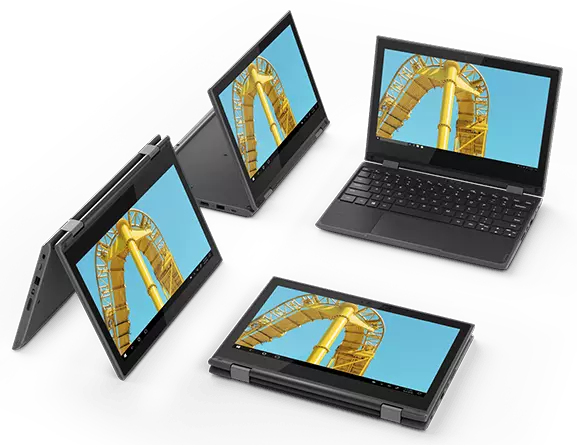Smarter Cat Feeder Part 1: Intro & Hardware Checkout
Published on
This post is the first part in my series on making a smarter cat feeder. When it’s complete, I’ll add a link to the “how-to” here.
Motivation
I have two cats who I love very dearly. I also occasionally travel for short enough times that it does not make sense to leave the cats with someone. While someone has to stop by to do some tasks (like emptying the litterbox) asking someone to come by to feed them four times a day would be excessive.
So I bought some automated feeders. Specifically the Trixie TX7 (page in German, because I’m not aware of them being sold on english sites). At the time of writing, this feeder is listed at €85. I bought them fo €57. Honestly, for the current price, I’d pay the €5 extra to get something better-designed and already app-controllable. But I bought these years ago, and it was a €100 euro jump to something similar…
Anyway. I have these feeders. Mechanically they work pretty well, but they’re basically …

